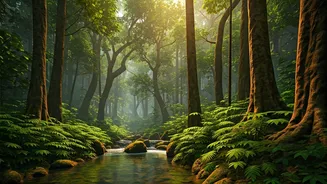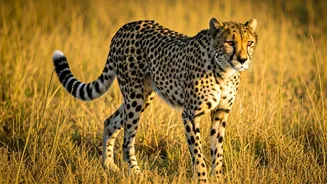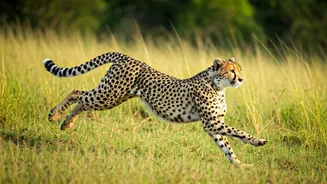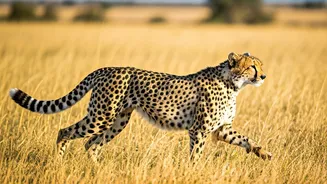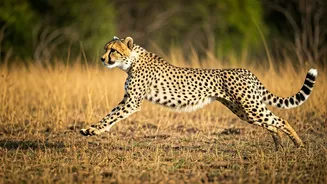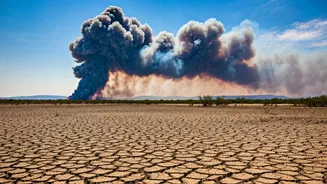Habitat Preservation Challenges
India's dedication to wildlife conservation is evident in its expanding network of protected zones and tiger reserves. However, this progress is somewhat
overshadowed by the escalating pressures on wildlife corridors and habitats. These corridors are crucial for the free movement of animals and maintaining genetic diversity, but they are increasingly threatened by human activities, infrastructure development, and habitat fragmentation. Addressing these challenges demands a multifaceted approach that includes stricter enforcement of existing regulations, strategic land-use planning to minimize disruption, and fostering collaborative conservation efforts involving local communities and stakeholders. The success of conservation hinges on a balanced approach that considers the needs of both wildlife and human populations, ensuring the long-term sustainability of ecosystems.
Species Requiring Immediate Focus
Globally, numerous species are teetering on the edge of extinction, necessitating utmost attention and proactive conservation measures. Prioritizing these species is paramount for maintaining global biodiversity. Identifying and focusing on species at high risk involves meticulous assessments of population trends, habitat viability, and threats such as poaching, habitat loss, and climate change. Collaborative initiatives are critical, spanning international agreements and local conservation projects that implement targeted strategies. These could involve intensive monitoring programs, habitat restoration initiatives, and captive breeding projects. The key is to mobilize resources effectively, fostering public awareness, and promoting policies that safeguard vulnerable species, thereby securing a future where these animals thrive, not just survive.
Factors in Bird Decline
The rapid decline in bird numbers poses a grave concern, and understanding the root causes is crucial for effective interventions. While climate change is a significant factor, contributing to habitat degradation, altered migration patterns, and increased weather extremes, it isn't the only player. Other pressures, such as habitat loss due to deforestation and urbanization, the use of pesticides that affect food sources, and the impacts of invasive species on nesting sites also play important roles. Addressing this multifaceted issue involves an integrated approach, implementing climate mitigation strategies, safeguarding and restoring habitats, promoting sustainable land management practices, and restricting harmful chemicals. Tackling the decline in bird populations necessitates coordinated efforts at various levels to reverse these trends and protect avian biodiversity.
IUCN Update: Indian Species
The International Union for Conservation of Nature (IUCN) updates provide critical insights into the status of species, which inform conservation efforts and guide resource allocation. Recent IUCN updates highlight species in India, offering a comprehensive assessment of their conservation status. These updates provide essential information, identifying those species that are threatened or near threatened. This data aids in refining conservation strategies, prioritizing species for urgent protection, and shaping policy. Analyzing the findings is vital for designing effective conservation programs, allocating resources to critical areas, and monitoring the effectiveness of conservation actions. Through these updates, conservationists, policymakers, and the public gain a clearer picture of biodiversity in India, enabling them to act to protect the country's natural heritage.
Undisturbed Wildlife Corridors
The integrity of India's wildlife corridors should be maintained to ensure connectivity, prevent habitat fragmentation, and facilitate the natural movement of animals. These corridors are vital for maintaining genetic diversity and enabling species to adapt to environmental changes. Acknowledging the significance of undisturbed corridors involves strategic planning and collaborative efforts. It includes minimizing infrastructure development through carefully designed routes and advocating for the preservation of critical habitats adjacent to these corridors. Robust conservation initiatives, like the establishment of protected zones and the active engagement of local communities in habitat preservation, can help ensure the sustainability of these vital ecological connections. By prioritizing undisturbed wildlife corridors, India can safeguard its rich biodiversity and secure the long-term well-being of its wildlife.
